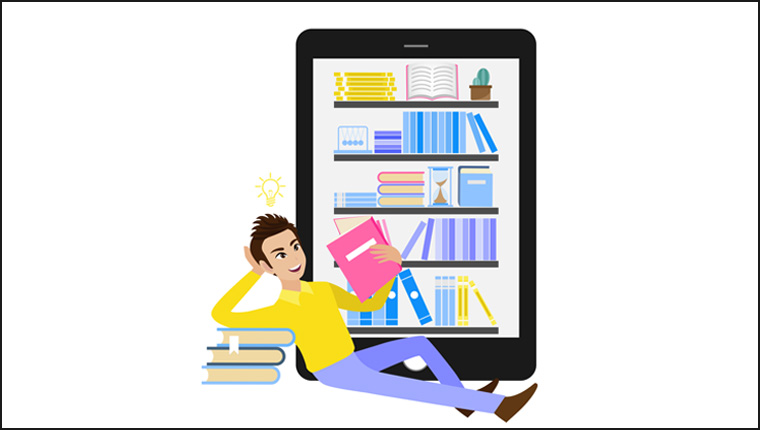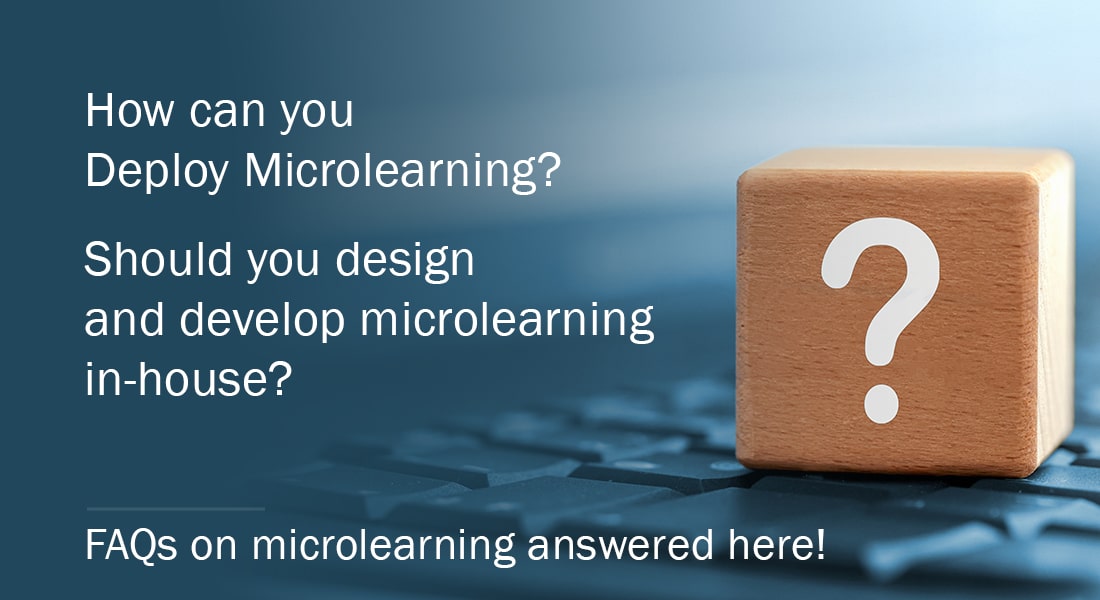Microlearning Is NOT Learning – So What Is It?
Microlearning is not a type of learning. But if it isn’t learning, then what is it? This blog talks about what microlearning is and its use.

If microlearning’s popularity in the corporate sector is on the rise today, we have our current learning challenges and training demands to thank. It’s true that microlearning takes care of our learning needs; however, microlearning is not ‘learning’; in fact, it has nothing to do with learning. I understand that it must seem like we haven’t made up our minds about whether microlearning is learning or not – and if it is not, then why is it called microlearning? This blog, we hope, will leave you more enlightened.
What Is Microlearning And What Isn’t?
We know from experience that it is easier to understand, absorb, and retain information that is concise, precise – and with no frills attached. In fact, we unconsciously access microlearning everyday – when we look up a definition online, when we access a recipe on the Internet, or even look up a video on how to fix a light bulb.
Microlearning is a way of delivering learning, and focuses on delivering short snippets of information in a way that learners can access immediately – at the time of need. So, rather than being the content it delivers, it is the relevant ways that it is being used, and the different forms (or strategies), that it can be used in that defines it.
Microlearning Forms
The microlearning form or strategy used must depend on several factors such as the audience – their work habits, learning styles and preferences; the learning outcomes and nature of the course – training of a process, concept, procedure, principle, or facts; and the resources available – time, money, and human resources.
Listed here are the most popular forms of microlearning and how they can be used.
Animations and Whiteboard Animations: They are used effectively to complement a larger learning program; and can also be used to simplify complex topics; and improve understanding and knowledge retention. But as well as these reasons, they take away a lot of stress associated with learning. Video and audio microlearning strategies can be incorporated along with animations to give more meaning to a course.
Video and Audio Strategies: When incorporated together, video and audio increase the level of understanding of a course. They are both used to simplify complex topics. They can be used to support other strategies (such as animations, games, assessments, and simulations), and they can be used on their own, as standalones.
Video is a powerful learning tool for trainings such as safety training and procedure training; they can be used to demonstrate the use of equipment, and to build skills. YouTube statistics alone are enough to validate their popularity. Subtitles make videos comprehensible by the hearing impaired. A short video can be a microlearning nugget on its own, or could just be a link embedded within a course that – when clicked, provides additional, nice-to-know information.
As with video, audio files can be used independently and even used to support another learning nugget. They can even be used to support learning by just providing feedback to an assignment. For example, a right answer can trigger a “you are correct!” response, and when half-way through a course another response such as, “you are half-way through and doing a great job!”
Instructors can also get insights into the efficacy of a course by asking learners to create and submit a short voice recording of their feedback on the course – which would then be a type of learning nugget for instructors.
GIF: GIF files can be used to share short video clips, online, to a mobile-dependent and internet-connected workforce. These files don’t support audio, and can be used to explain simple concepts and procedures. They are easy to convert to a different file type when the need arises to do so, and therefore make it easier for developers to create microlearning assets using this form.
Infographic: This is a popular and effective way to provide nuggets of information on timelines, trends, concepts and processes, and even tasks that require step-by-step operations. The advantage of using an infographic (besides their obvious learning advantages), is that it a wider pallet to use – images, text, colors, and charts to create interesting and engaging nuggets.
Simulation: This is a very interactive form of microlearning that is used to present a real-life scenario in a safe environment, and is used best to teach new tasks and practice old tasks, and provides instant feedback whether the learner can or cannot perform the task. This form of microlearning can be used to refresh one’s memory and to practice tasks as well.
Quiz: A quiz can be used as a standalone microlearning nugget that can either pop up and surprise learners with an unexpected assessment, or be accessed from a repository to check their knowledge at any given point in time. While the former must be answered compulsorily, the latter can be taken up optionally.
It is not about the content, but its (microlearning) delivery and the purpose it serves. The possibilities and uses of microlearning are endless and it’s these possibilities and uses that make up microlearning and define its very being.





